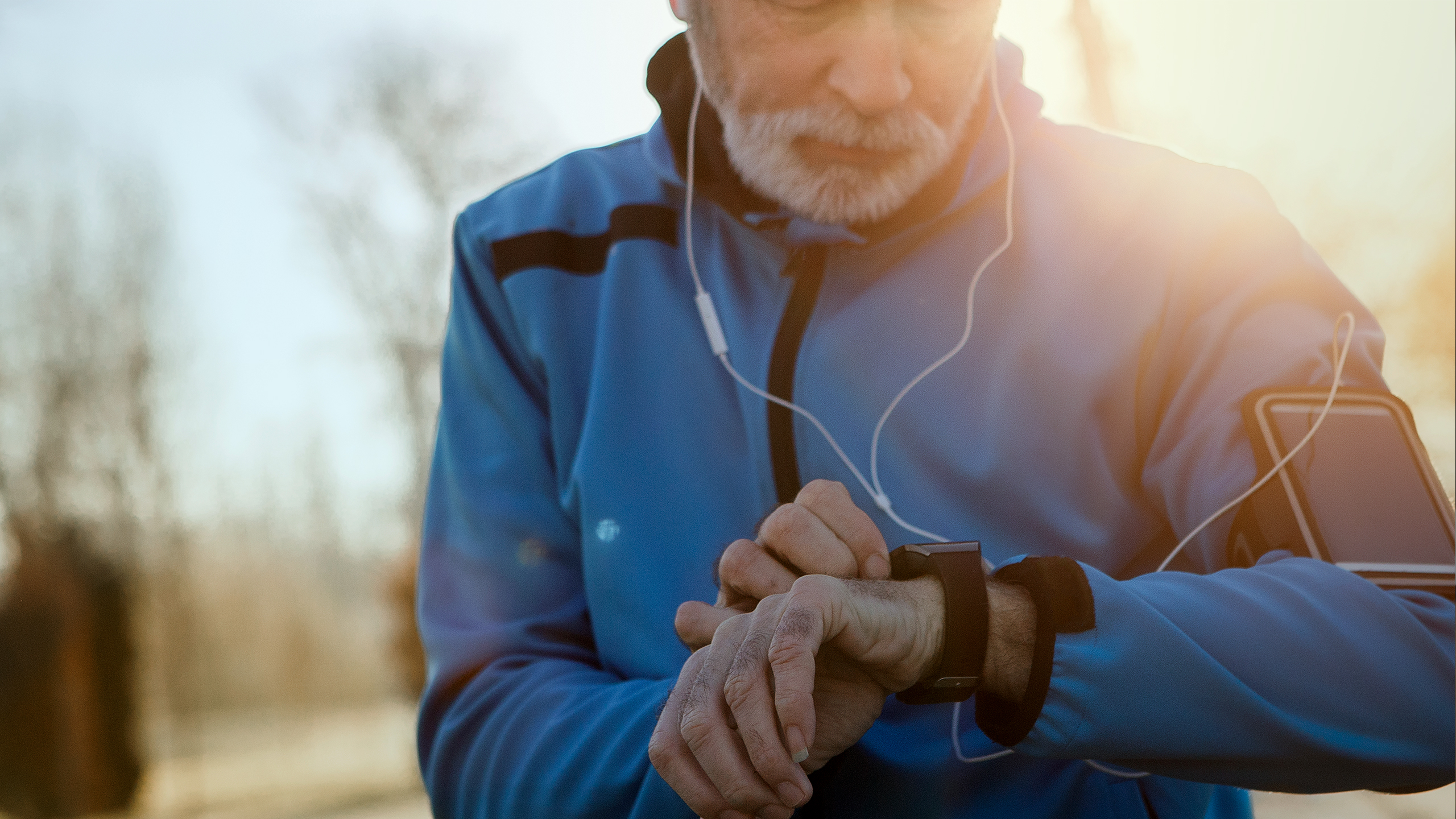
Wearable technology, like fitness trackers and smartwatches, introduced a whole new way for individuals to monitor their health. By 2019, 1 in every 5 American adults were regularly using a wearable in their everyday lives.1 As consumer popularity of these devices increase, the quality and quantity of information available presents a huge opportunity for insurers to change interactions with customers and improve how risk is managed.
To help our clients understand the effectiveness of wearable data in the life insurance market, Munich Re North America Life’s Integrated Analytics team published a series of research that explores how wearables offer an innovative means of managing risk. In this study, we examine the effectiveness of resting heart rate in stratifying the mortality risk profile of a U.S. insured population, simulated from National Center for Health Statistics (NCHS) survey data. Through this paper and our existing research, we can understand how resting heart rate segment mortality across age, gender, and BMI, even when factoring in the number of steps and hours slept.
Over the last few years, we analyzed datasets, performed classical actuarial mortality analyses, and used a survival analysis and machine learning techniques to evaluate the extent to which physical activity predicts mortality. This research is a companion piece to our prior papers, which explore the potential of using information captured by wearables in the life insurance process.2,3
Read the full report on the Munich Re Life US website.
Learn how resting heart rate effectively segments mortality across age, gender and BMI, even when factoring in number of steps and hours slept.
1 Vogels, E. A. (2020, January). About one-in-five Americans use a smart watch or fitness tracker. Pew Research Center. Retrieved from https://www.pewresearch.org/fact-tank/2020/01/09/about-one-in-five-americans-use-a-smart-watch-or-fitness-tracker/ 2Chefitz, S., Quah, J., Haque, A. (2018). Stratifying mortality risk using physical activity as measured by wearable sensors. Munich Re Life US. Retrieved from https://www.munichre.com/us-life/en/perspectives/wearables/Stratifying-mortality-risk-using-physical-activity-as-measured-by-wearable-sensors.html 3Haque, A., Druce, J. (2020, June). Sleep and Mortality: Analyzing the effectiveness of daily sleep duration in stratifying mortality risk. Munich Re Life US. Retrieved from https://www.munichre.com/us-life/en/perspectives/mortality-studies/sleep-mortality.html
Contact the author

This may interest you
properties.trackTitle
properties.trackSubtitle



